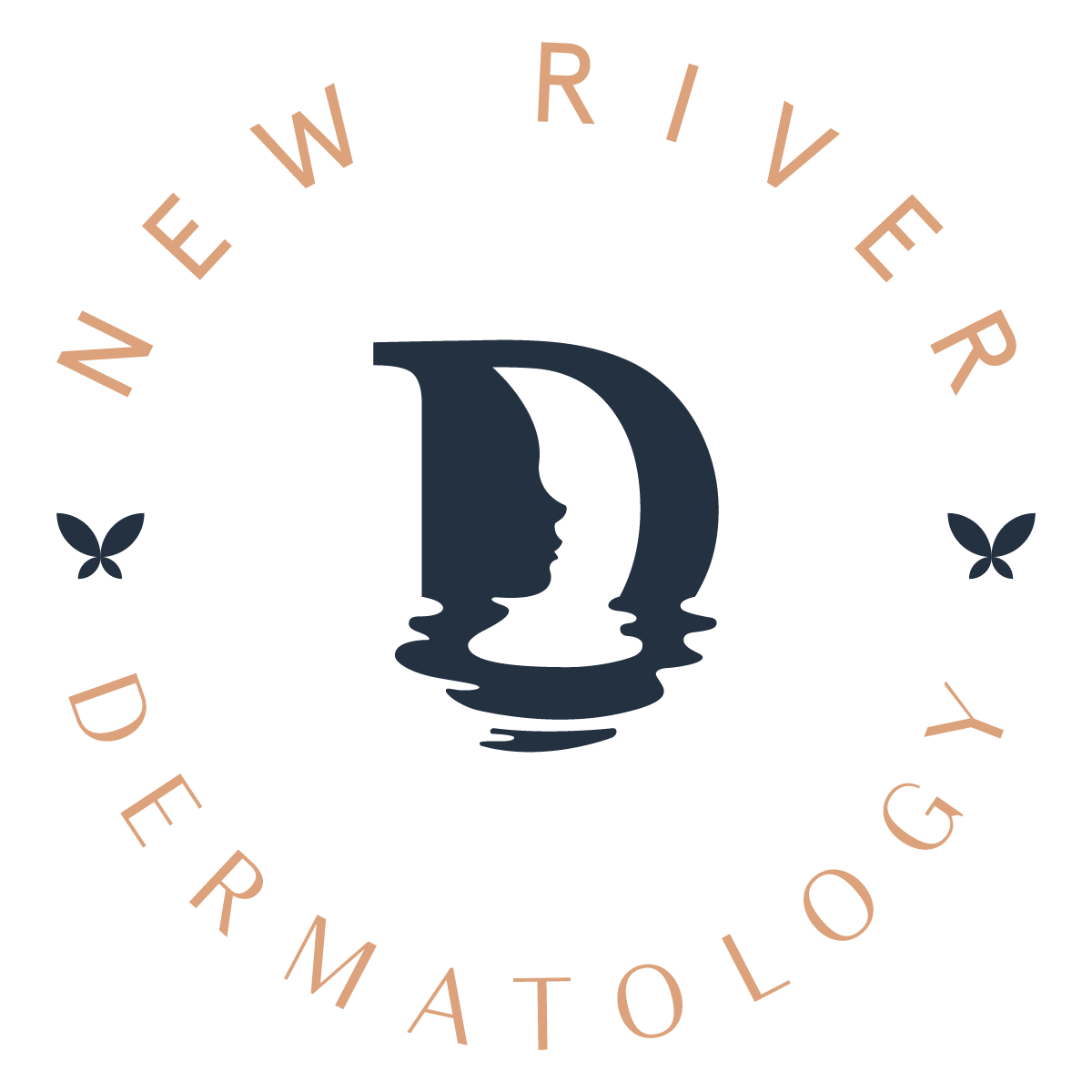Dermaplaning, Microdermabrasion, and Chemical Peels: What's the Difference?
At New River Aesthetics, we offer a full spectrum of services to help you achieve healthy, youthful, and glowing complexion. With so many options (and some complicated names) we get asked all the time what the difference is between them. We’re breaking down some our 3 most-asked-about treatments--Dermaplaning, microdermabrasion and chemical peels-- and what to expect below.
Dermaplaning
Dermaplaning is a method of exfoliation where a doctor or medical aesthetician uses a surgical scalpel to “shave” away the dead skin and peach fuzz found on the epidermis layer of the skin. This painless treatment helps give your skin a softer feel and will help you smoothly apply foundation. There is no downtime with this treatment and the results are immediate. A glycolic peel can be performed immediately as an in office procedure.
How Often Should I Receive This Treatment?
Experienced professionals recommend waiting at least a month between appointments. This is because one treatment removes 21 days worth of dead skin cells. In between treatments, the peach fuzz removed will not grow back thicker and darker.
What Should I Expect Post-Treatment?
Post-treatment, your skin is more susceptible to sunburn. We highly recommend being diligent and wearing sunscreen with at least SPF 30 every day.
Microdermabrasion
Microdermabrasion is a non-invasive treatment that gently exfoliates your skin by removing the outer layer. It’s similar to dermaplaning in that it is a form of exfoliation, but microdermabrasion sands and suctions dead skin cells with tiny exfoliating crystals and helps to uproot clogged pores around the nose, mouth, and chin.
Microdermabrasion can be used to treat fine lines, hyper-pigmentation, enlarged pores, acne scars, stretch marks and dull-looking skin complexion. About a week prior to receiving this treatment, you may be told to avoid sun tanning, waxing, and topicals that are “irritating.” A layer of retinol may be applied in office for enhanced results.
How Often Should I Receive This Treatment?
Your provider will work with you to design a plan based on your unique skin and skincare needs. Your personal goals for this treatment will determine treatment frequency.
What Should I Expect Post-Treatment?
Although microdermabrasion is a minimally invasive treatment, common side effects include tenderness, swelling, and redness. These side effects generally go away within a few hours after treatment. We recommend avoiding topical acne medications for at least one day after treatment. Just like dermaplaning, your skin may be sensitive to the sun in the few weeks following treatment.
Chemical Peels
Chemical peels are used to improve the appearance of the skin on the face, neck, and hands. During this treatment, a chemical solution is applied to the skin that exfoliates the skin and causes it to peel off. Chemical peels are used to treat acne scars, age spots, hyperpigmentation, Melasma, sun-damaged skin and more. At New River Aesthetics, we offer five different types of chemical peels ranging from gentle, non-invasive chemical peel for mild skin imperfections to more advanced formulas for a deeper peel.
How Often Should I Receive This Treatment?
How often you receive a chemical peel is dependent on multiple variables, including your skin concerns and which peels you receive. Our glycolic peel can be repeated every two weeks with no downtime or peeling. We also offer a new generation of chemical peels. These are in-office medical grade peels formulated to deliver the desired result for the patients who want a peel. These reduce signs of aging and contain a synergistic blend of ingredients. Each one has been formulated with soothing and calming antioxidants to support these effective peeling agents.
We also offer a Modified Jessner Peel as a full-face treatment of for stubborn areas of hyperpigmentation. For all peels, a consultation is necessary. The number of peels depends on skin condition and your goals; however, we recommend a series of 3-6 for most peels.
What Should I Expect Post-Treatment?
The downtime depends on which peel you receive and ranges from no downtime at all, to 2-5 days with moderate peeling. We advise asking your provider the specifics about your treatment.
Think one of these treatments might be right for you? Contact us to set up an appointment, and we’ll discuss your personal skincare concerns and needs. Healthier, clearer skin may be possible sooner than you think!

